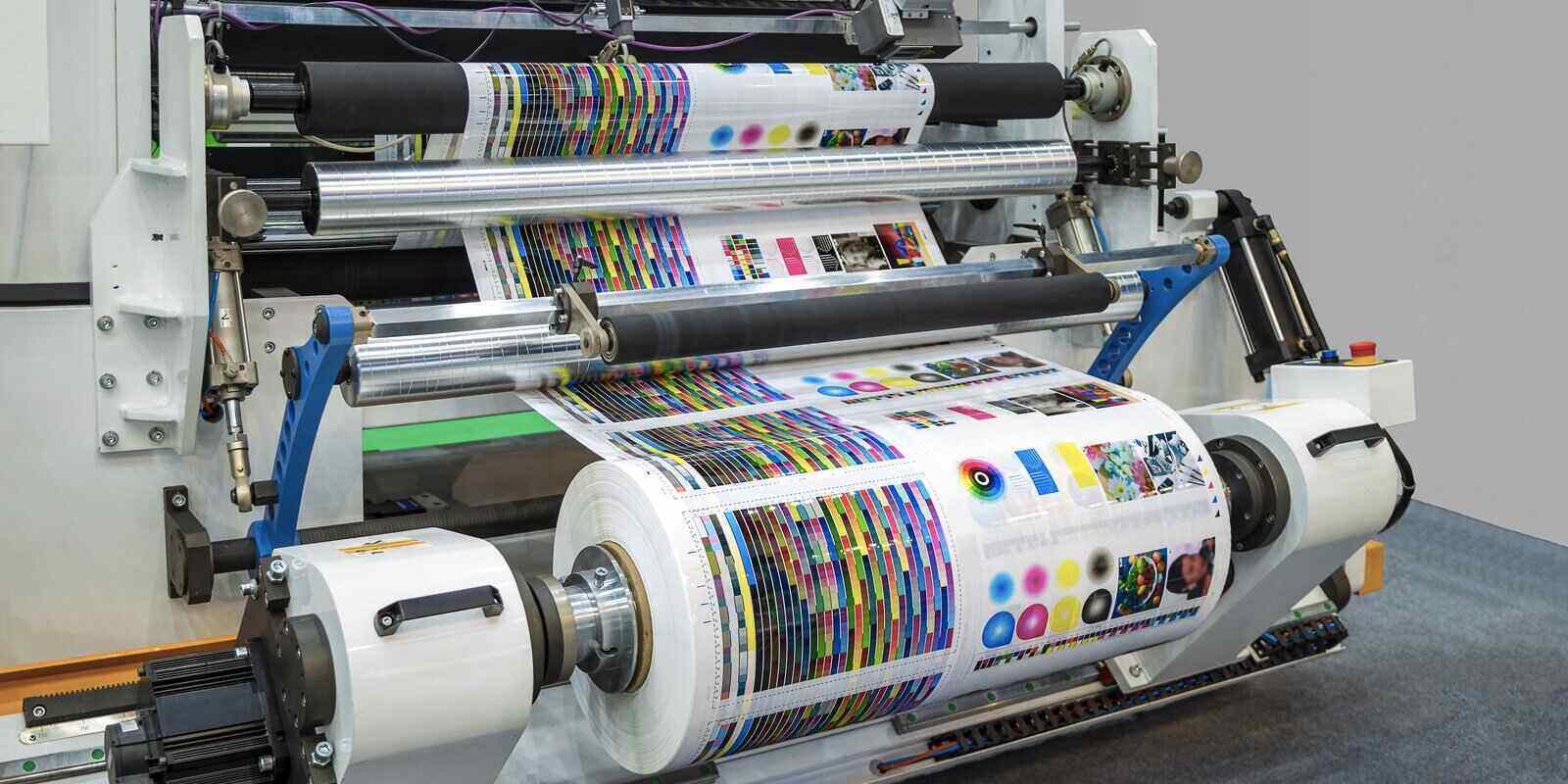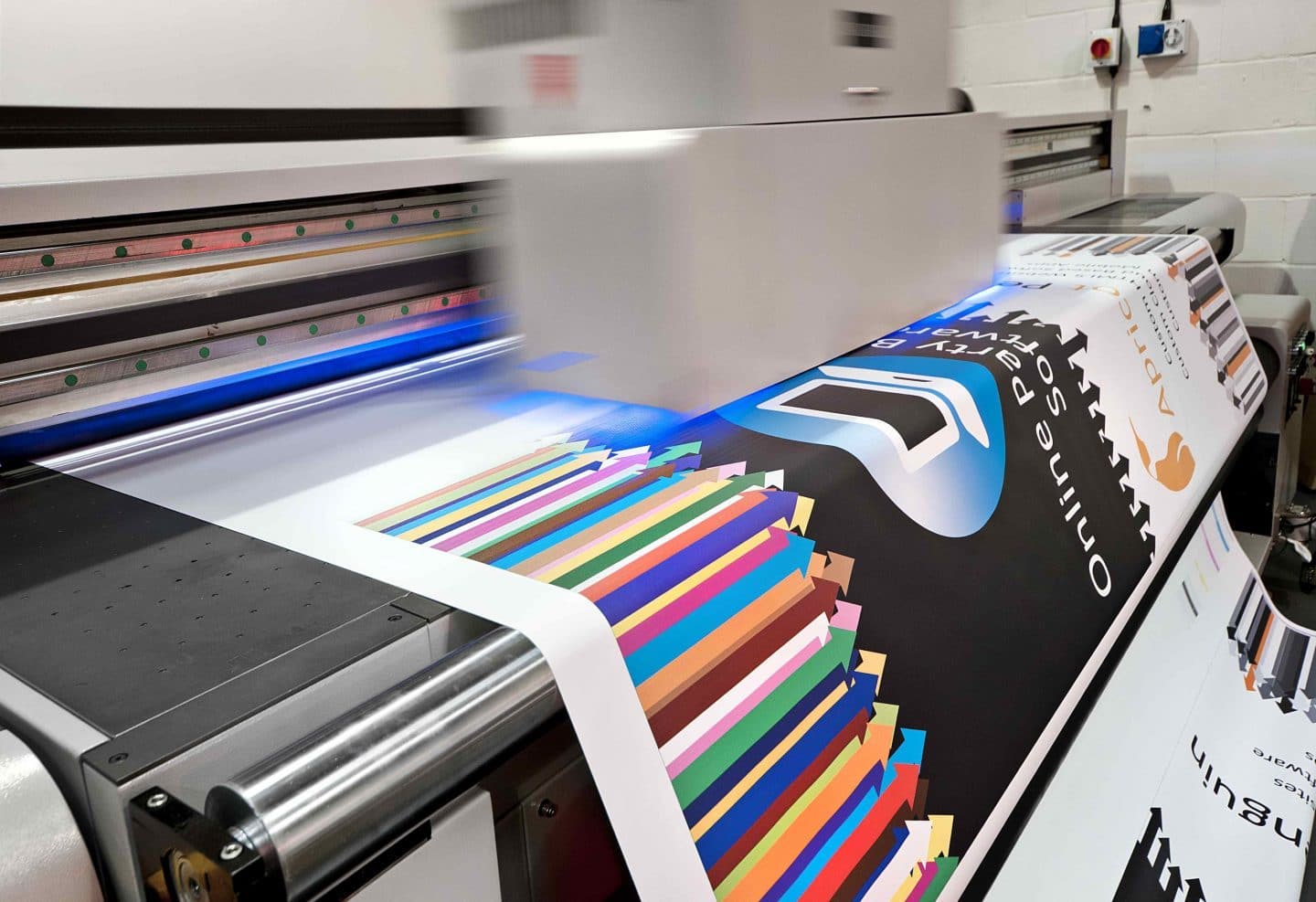
Understanding The Different Types Of Commercial Printing Methods A Comprehensive Guide
Commercial printing has come a long way since the invention of the printing press in the 15th century. Today, there are many different types of commercial printing methods available, each with its unique advantages and limitations. Because of this, you will be able to make an educated decision about which type of commercial printing method is ideal for your project after reading this article because we will discuss the many different kinds of commercial printing methods and their applications.

- Digital Printing
Digital printing is a modern printing method that involves printing an image directly from a digital file onto paper or another material. Unlike offset printing, there are no printing plates involved in the process. Instead, digital printing uses toner or inkjet technology to apply the image to the substrate.
Digital printing is best suited for short print runs and variable data printing, as there is no need to create printing plates for each design. It is also capable of producing high-quality prints with vibrant colors and sharp images.
One of the advantages of digital printing is that it has a quick setup time, which makes it ideal for on-demand printing. It is also more cost-effective for small print runs, as there are no setup costs involved.

- Direct-to-Film Printing
Direct-to-film printing is a specialized technique that involves printing graphics onto a clear film, which is then transferred onto fabric or other materials using heat and pressure. This method bypasses traditional screen printing processes, eliminating the need for screens or direct application of ink to the substrate and just uses its own special Prestige DTF roll printer.
Direct-to-film printing is particularly effective for detailed and colorful designs, offering high resolution and vibrant color reproduction. It is well-suited for small to medium production runs, providing a cost-effective solution without the extensive setup required by conventional methods.
One of the key benefits of direct-to-film printing is its versatility, as it can be used on a variety of materials, including textiles and rigid substrates. This flexibility, combined with quick turnaround times, makes it an attractive option for customized apparel and promotional items.
- Large Format Printing
Large format printing, also known as wide-format printing, involves printing large images onto materials such as vinyl, fabric, or paper. This type of printing is typically used to create signs, banners, posters, and other large-scale graphics.
Large format printing is done using specialized printers that can accommodate larger materials than traditional printers. These printers use either dye-based or pigment-based inks to produce high-quality, durable prints.
Large format printing is ideal for creating attention-grabbing graphics and signage. It is also cost-effective for producing large quantities of prints, as the cost per square foot decreases as the quantity increases.

- Screen Printing
Screen printing, also known as silk screening, is a printing method that involves using a stencil, or screen, to apply ink to a substrate. The screen is typically made of a fine mesh material, such as nylon, that is stretched over a frame.
The stencil is created by blocking out areas of the screen that are not intended to be printed, leaving only the areas where ink should be applied. The ink is then pushed through the screen using a squeegee, creating the printed image.
Screen printing is ideal for printing on a variety of materials, including fabric, plastic, and paper. It is also capable of producing prints with bright colors and sharp images.
- Flexographic Printing
Flexographic printing, also known as flexo printing, is a printing method that involves using a flexible printing plate to apply ink to a substrate. The printing plate is typically made of rubber or plastic and is wrapped around a rotating cylinder.
Flexographic printing is commonly used for printing on flexible packaging materials, such as plastic bags and labels. It is also used for printing on corrugated boxes, paper bags, and other materials.
Flexographic printing is ideal for printing large quantities of prints, as it is a fast and cost-effective printing method. It is also capable of producing high-quality prints with vibrant colors and sharp images.

Choosing The Right Printing Method
Choosing the right printing method for your project depends on several factors, including the quantity of prints, the quality of the prints, the materials to be printed on, and the budget.
For large print runs, offset printing or flexographic printing may be the most cost-effective option. For short print runs or variable data printing, digital printing or screen printing may be the best choice. Large format printing is ideal for creating attention-grabbing signage and graphics.
For high-quality prints with fine detail and vibrant colors, gravure printing or letterpress printing may be the best choice. However, these methods may not be as cost-effective for small print runs.



